DUNKI: THE PERILOUS PATH TO EUROPE
- 30 Mar - 05 Apr, 2024
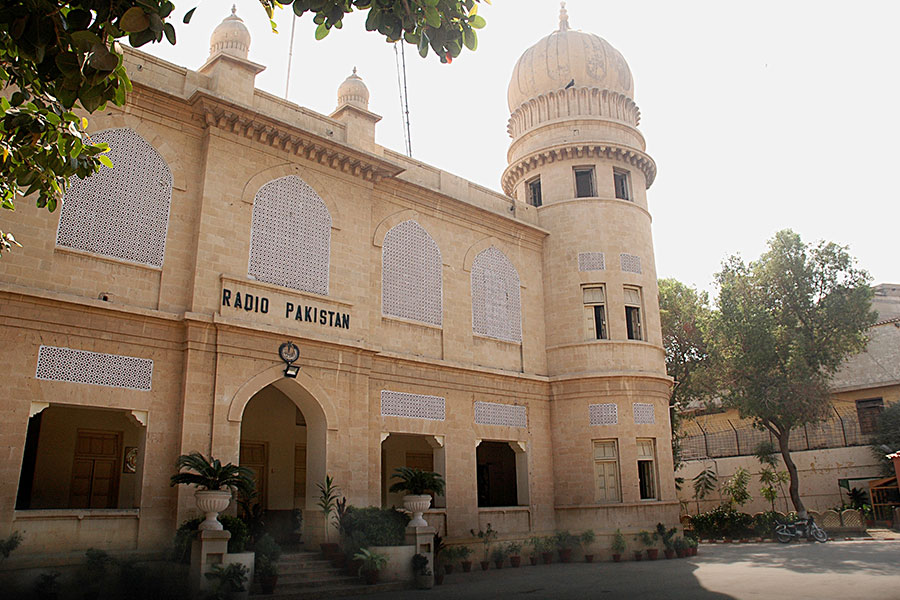
Mohammad Ali Jinnah Road, still popular as Bunder Road among most Karachiites, is one of the city’s oldest arteries that holds immense importance due to a huge number of long-standing colonial architecture, be it schools, temples, municipal offices, markets, cinemas and hospitals, most structures located here have a tale to share. One such historical building situated on the metropolitan’s age-old route was and still is the property of the city’s district council, which was lent to Radio Pakistan, Karachi by the country’s first Prime Minister Liaquat Ali Khan. The premier had offered the administration of the broadcasting house to shift when a new building was constructed for its operations; however, the new building was never constructed and Radio Pakistan, Karachi continued its operations in this very building. Known to welcome the most prestigious personalities of the country, the structure is one of the most significant in Pakistan’s rich history, for it was known to air Fatima Jinnah’s annual speeches, as well as Ayub Khan’s martial law announcement which was also made from the century-old building’s famous Studio 9.
MAG takes you on a tour of the magnificent structure which is now merely a symbol of the tradition and culture it once possessed, as its many presenters, voice-over artistes, producers, directors and sound engineers used the power of voice to disseminate art. Let’s walk down the memory lane, all while talking to the veterans of Radio Pakistan back in the days as well as those still trying to guard its glorious past.
“The building has produced popular artistes like Qazi Wajid, Sajida Syed, Zaheen Tahira, Talat Hussain and his mother, Shaista Begum, who worked as an announcer for Radio Pakistan. Popular names of TV such as Qurban Jilani, Qazim Pasha, Zia Mohyeddin and many others would never have experienced fame if it wasn’t for Radio Pakistan’s generosity towards them,” says Bushra Noor Khwaja, the present deputy controller of Radio Pakistan’s Central Production Unit (CPU), adding, “Cast of dramas like Taleem-e-Balgaan and Khuda Ki Basti all belonged to Radio Pakistan. Anwar Maqsood was a writer along with his sister Fatima Surraiya Bajia, while musicians like Lal Mohammad and Buland Iqbal were celebrated names of yesteryear radio.”
Bushra, who also worked as a producer, has been associated with the unit for the past two years but her association with Radio Pakistan goes back three decades. She began working as a radio producer in 1987. “As part of the team at Radio Pakistan, I got a chance to work around people who one can only imagine meeting,” she recalls her early days at Radio Pakistan, Karachi.
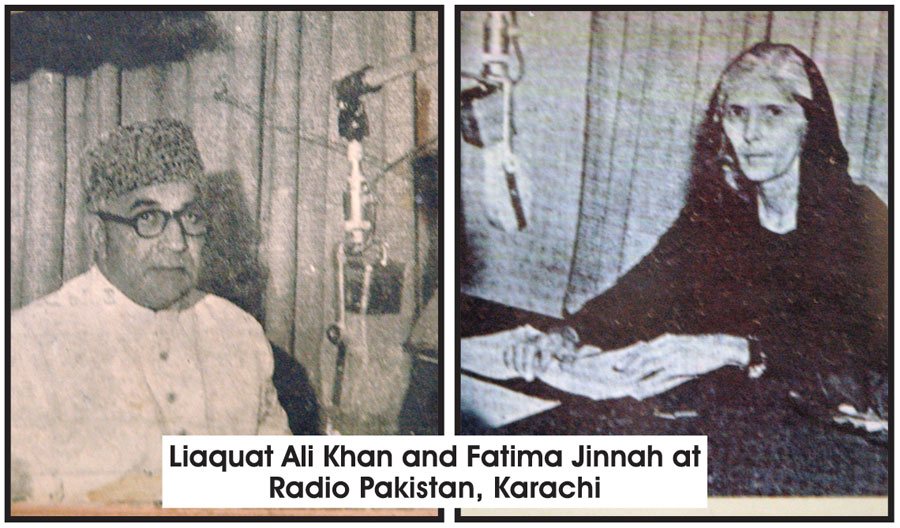
“I used to do a show, Ap Ka Khat Mila, entirely conceived by me, wherein people would write letters to radio presenters which were to be read during the show. In the show, all the favourite presenters of listeners were called for an interview,” she reminisces, about her days as a producer, and continues, “later, I wanted to involve my listeners in my show but not through letters, so in 1994, I started a programme called Direct Dialling, wherein we would provide our listeners with a number and time, for them to call and tell us what they like and dislike, ask questions from presenters or simply make requests,” Bushra shares, taking us back to her days of yore.
The former producer has also done shows like Bachon Ki Dunia, wherein a popular name of radio Munni Baji would host the show, and has also done shows like Bazm-e-Talba, as well as arranged Jashn-e-Talba twice through medium waves (used mainly for AM) radio broadcasting.
With memories of her past striking back, Bushra gets emotional when talking about the rainy days Radio Pakistan, Karachi has witnessed. “As employees at Radio Pakistan, there were days when we would call artistes and wouldn’t pay them because we wouldn’t have enough funds. But there were artistes who would come and do their work without being paid, all because they were loyal and sincere to their work. Many of the artistes still make time for the place that taught them the most memorable lessons of their lives,” she says, but also laments about the bigwigs who are no longer sincere to this nursery that groomed them into the stars they later became.
The lady boss takes MAG on a tour of the old broadcasting house which consists of three units, CPU – used for recording songs and archival interviews; project cell – used for preserving archives of Radio Pakistan; and publication unit – manages two magazines – Ahang (Urdu) and Pakistan Calling (English) – published by Radio Pakistan. Live broadcasting services are now carried from a 17-storey building for PBC‚ New Broadcasting House in Gulshan-e-Iqbal, Karachi, for running four FM channels – FM 101, FM 93, FM 98 and FM 93.4 (Sautul-Quran).
The CPU consists of a recording studio with a small control room, wherein Tahir Iqbal is the engineering manager, while a young guy Farrukh is the IT administrator.
“This is a digital console that equalises the programme being recorded in the studio. The show is recorded and monitored through this panel,” says Farrukh, pointing towards a digital dashboard. The recording room is huge and has a mic set up in the middle of the room. An instrumental of Aye Watan Merey Watan, recorded in the historic original structure, plays in the background, taking one back to the olden days.
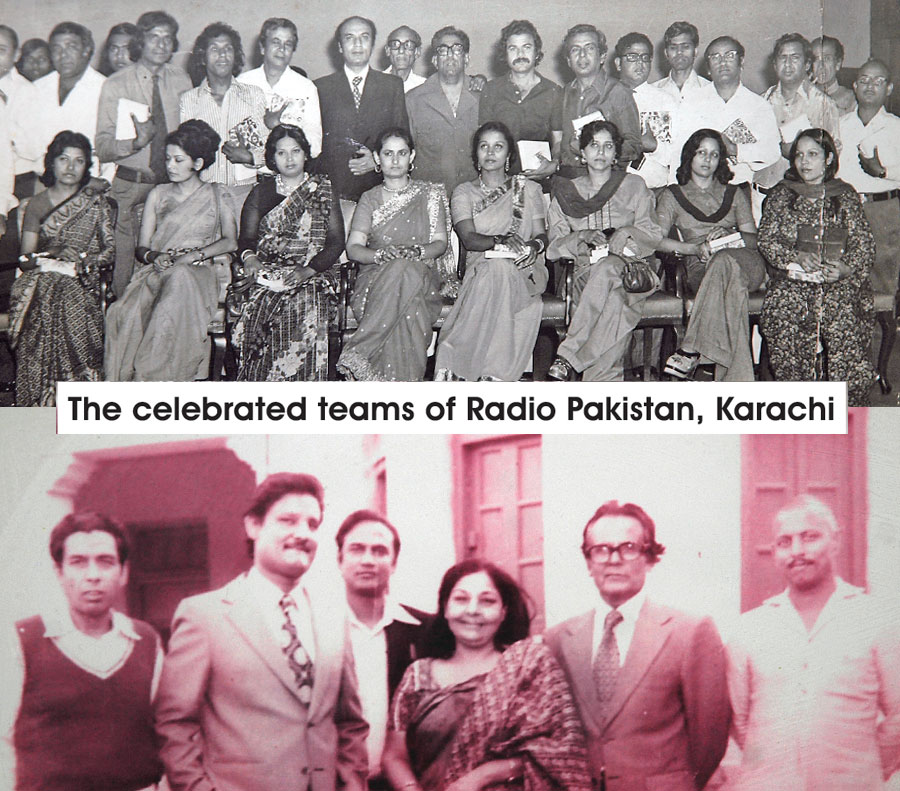
Tahir Iqbal has been serving radio for the past 34 years and has been at the unit for the past one year. “I joined as a sub-engineer in 1983 and now I am the engineering manager,” he talks about his professional transition. “The microphone placed in the middle of the room is manufactured by the Radio Corporation of America (RCA), a company which earlier supplied mics for Radio Pakistan. We had numerous equipments belonging to this company which were burnt during the fire of 2007,” he says with disappointment evident in his demeanour. The studio walls are adorned with holed wooden boxes to manage the acoustics and disperse echo for clear sound. The boxes are made according to the size of the studio, as well as the need of sound in particular shows. This type of sound treatment is so expensive that most FM channels in Pakistan cannot afford to fix them anymore; instead they prefer hanging curtains to block outside noises. “Our studios in the old building were much better and special than these but here, we have constructed them accordingly to maintain our quality of work. The equipment at FM 101 is all upgraded where live broadcasting takes place. All the recording is computerised and taken care of from there onwards,” Iqbal says with pride.
The CPU also contains a library in a small murky room, walls of which are filled with old photographs of all the presenters and artistes who have served Radio Pakistan, Karachi. Most of whom are no more alive but their stories in the form of black and white and hued snaps still speak volumes of their dedication towards their line of work.
We then move towards barracks built right next to the original building where Farhan Abbas Hashmi, the editor-in-chief of Ahang – an Urdu magazine of Radio Pakistan – is seated inside his tall-walled office. “I have been associated with the magazine for the past six months but with Radio Pakistan, it’s been as long as 30 years,” he says, further informing us about the magazine, “the in-house magazine, Ahang started from 1948. It was initially a fortnightly publication but now it’s a monthly. People would want to get their articles printed in the magazine.”
Hashmi shows old copies of both the Urdu and English magazines, while stating that they were once part of the diplomatic bag sent to Pakistani embassies around the world. Such is the importance of Radio Pakistan’s publications.
However, one could never come to terms with what happened to the actual Radio Pakistan building, which is still a nightmare for history, art and architecture buffs.
October 28, 2007, turned out to be a fateful day for Radio Pakistan, Karachi, as a horrific fire broke out on the first floor of the building, apparently, due to an electrical short-circuit with years of equipment and history burnt in ashes. The historic building now is neither in Radio Pakistan’s use nor complete possession. However, it neighbours one unit inside the barracks dedicated to Radio Pakistan’s publications, located next to it is the project cell, and a fairly new building of CPU near the legendary banyan tree, known to provide shade to artistes back in the days.
How the building has survived its historical significance despite the fire is a remarkable feat, for the talent nurtured in its courtyard and interiors still lives to cherish its significance, some in life and some in death.
Mehdi Hasan for instance, began his music career from this very structure; he started by reciting naats, hamds, and gradually stepped toward ghazals and songs. Ahmed Rushdi started his career with shows for children, while he also sang for radio and was later welcomed in the film industry. All of the celebrated musicians who later worked for the film industry, television and various radio channels have had the opportunity of serving this distinguished institution.
This historic building has produced talent which has ruled the hearts of millions of Pakistanis. If it wasn’t for Radio Pakistan, our country would have never witnessed the greatness of art through this medium. Despite lack of resources, funds and proper facilities, Radio Pakistan, Karachi is home to many who still find shelter under the banyan tree that still stands after having faced myriad storms in the courtyard of the forgotten jewel of Bunder Road.
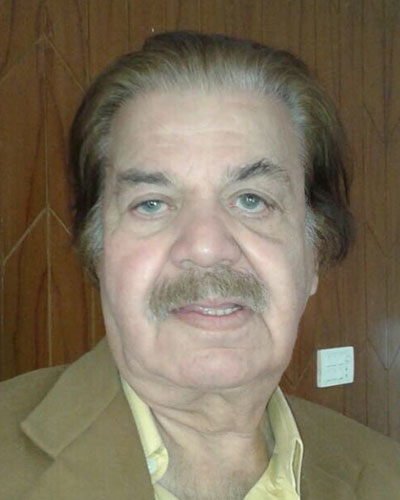
“I joined Radio Pakistan, Karachi in 1956 for a children’s programme. I was very young back then and have ever since been associated with radio and it is still my priority. Gradually, I started a job at Radio Pakistan as a staff artiste and eventually took retirement, but I still receive pension from this job,” says Qazi Wajid, a name every Pakistani is familiar with, be it young or old. He has presented numerous programmes for radio like Qazi Jee with Shaukat Thanvi and Hamid Mian Kay Haan to name a few, while everyone does not need to be reminded of his exceptional acting skills.
“Radio Pakistan, Karachi’s canteen was nestled by well-known personalities of yesteryear because radio had always been the centre of attention. The best thing about radio is that it doesn’t forget its people; it has always been an institution and still is,” the seasoned artiste recollects memories of his past.
Qazi sahib takes one back to the golden days when talking about the ancient banyan tree inside Radio Pakistan, Karachi’s courtyard. “People would gather under the legendary tree at Radio Pakistan and whenever someone would pass away, prayers for the deceased were especially held here. People belonging to different spheres of art would stand under that tree and it would provide shadow for all of us. All of us have grown under that tree; I can say that for myself at least.”
Further sharing his love for the building, Qazi sahib says, “I have a huge photo of the Radio Pakistan, Karachi’s old building placed on a wall in my house, I glance at it whenever I pass by the wall. I love this building because I have spent my life in and around it. I cannot get that building out of my life because I have been associated with it ever since my childhood. Is tasweer kay laganey ka yeh faida hua kay iski waja sey main ab bhi is imarat kay hisaar main hoon,” Qazi sahib says, while expressing his desire to always be surrounded by the magic of Radio Pakistan.
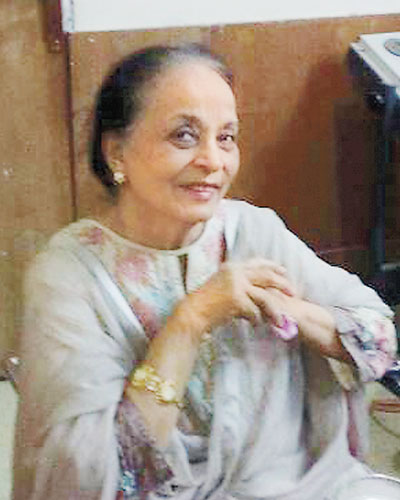
“This building holds immense significance in my life because this is the place where I started my career. I learnt dialogue delivery through radio, despite hailing from Lucknow, my Urdu further improved at Radio Pakistan. We were taught with finesse and pronunciations were checked thoroughly before going live on radio,” says Zaheen Tahira, the celebrated veteran artiste who started her career at Radio Pakistan through Jashn-e-Talba more than 50 years ago. “Whatever I have learnt is through radio. I wouldn’t have been what I am today if it was not for this building. I still try to make time for radio whenever I can for all the recognition it has given me. It is my identity,” she shares how this nursery groomed her for her career in acting.
“I recently went to visit Radio Pakistan, Karachi and while standing under the banyan tree, I could recall the olden days and imagined Arshi Khala, Begum Khurshid Mirza, Ms Taimoori and many others walking towards me. Those were the days I can never forget,” Tahira says taking us back in time, and adds, “the people here were loving and caring towards one another, for it was like our home. If someone was late, they would have to entertain everyone with tea or samosas from the canteen as compensation,” she talks about her wonderful time spent at radio.
One of the most popular names of Radio Pakistan is a voice that still possesses the same resonance as it earlier boasted, as the phone conversation with Azeem Sarwar, the legendary presenter, producer and former deputy controller of Radio Pakistan, Karachi is still fresh in this scribe’s memory.
“I hadn’t even done my matriculation when I applied to work as an announcer. I eventually passed and was hired as an announcer at Radio Pakistan, Quetta on April 4, 1958. After that, I have been associated with radio through different shows, as well as became a staff artiste. In 1963, I was transferred to Radio Pakistan, Karachi. Here, I worked as a script writer, then producer, deputy controller and was associated with radio programmes before being retired,” Sarwar sahib shares details of his association with radio through the years.
“I started a lot of programmes on radio and started a show called Subha-e-Pakistan in 1987 which was the first morning show in the electronic media history here. The show was very popular throughout Pakistan. The show would also be discussed in General Zia’s cabinet, for he would listen to the show daily,” says Sarwar.
About the magnanimity of Radio Pakistan, Karachi, the immensely experienced Sarwar has a lot to add, “I, along with all those associated with Radio Pakistan, Karachi have spent a major part of their life in this building. During the wars of 1965 and 1971, we have spent entire nights here. I have seen all the biggest and celebrated artists of Pakistan perform here, be it poets, musicians or literati, everybody has graced this structure with their presence. Such is its significance.”
COMMENTS
Muhammad Waqas commented 7 years ago